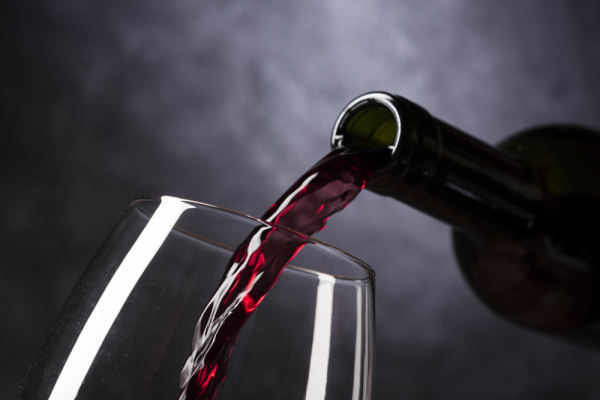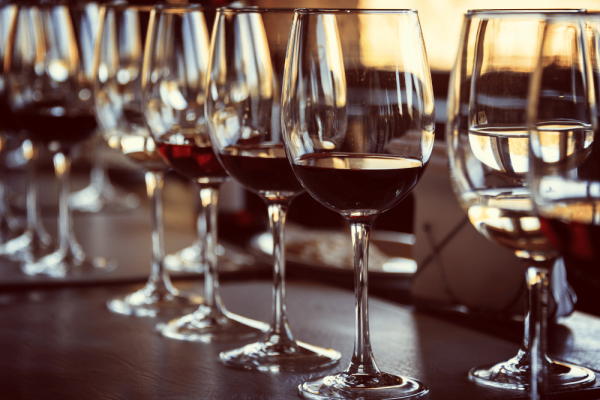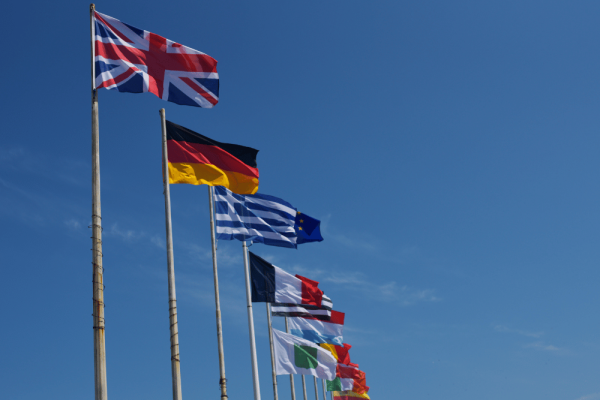Electronic Labels: How QR codes are revolutionizing consumer information
The arrival of electronic labels marks a new era in the way information is presented to consumers. At the heart of this revolution is the QR code, a tool that provides access, with a simple scan, to a wealth of detailed data about the wine one is about to enjoy. Flexibility, real-time updates, space-saving on the label—there are numerous advantages, and they meet the new European regulatory requirements for transparency.
The Benefits of QR Codes for Wine Labeling
- Space-saving: Instead of overcrowding the label with mandatory and optional information, the QR code redirects the buyer to a webpage containing all relevant details (nutritional values, ingredient list, allergens, etc.).
- Real-time updates: Unlike a printed label, the information accessible via the QR code can be modified at any time. This allows for quick integration of new data, error corrections, or additional translations.
- Enriched content: Beyond legal mentions, the QR code enables a storytelling experience: winery history, production methods, food pairings, videos, photos… A true marketing tool serving the brand.
- Cost reduction: Less complexity on the physical label and the ability to update information without reprinting. Existing product batches remain up to date thanks to digitalization.
Positioning the QR Code: Rules and Best Practices
Although the QR code offers unprecedented flexibility, its integration on the wine bottle must follow certain rules to ensure an optimal user experience and comply with regulations:
- Visibility: The QR code should be placed in an easily identifiable and accessible area, usually on the back label or a dedicated collar. It should not be hidden or difficult to scan.
- Adequate size: The QR code should be large enough to be easily scanned by a smartphone. A minimum size of 2 cm x 2 cm is generally recommended, but this may vary depending on the code’s complexity and design constraints.
- Good contrast: Ensure the QR code is printed in a color that contrasts with the background. A black code on a white background is ideal to facilitate recognition by scanning applications.
- Field of vision: According to regulations, certain mandatory mentions must appear in the same visual field on the physical label (such as alcohol content, sales denomination, and indication of origin). The QR code does not replace these details and should not create confusion regarding their placement.
- Clear instructions: It is advisable to include a clear message such as "Scan for more information" to encourage consumers to use their smartphones.
Mandatory Mentions That Must Remain on the Physical Label
The QR code cannot completely replace all legal information. Certain mandatory mentions must always appear on the physical label, even if a QR code is present:
- Sales denomination: The term “wine” or the mention of a PDO/PGI must be clearly displayed.
- Indication of origin: The country or EU member state where the grapes were harvested and vinified.
- Acquired alcoholic strength (ABV): Expressed in % vol, mandatory on the bottle.
- Nominal volume: The amount of wine in the bottle, in liters, centiliters, or milliliters.
- Allergens: The presence of sulfites, milk, or eggs must still be clearly mentioned, even if more detailed information is accessible via the QR code.
- Health warning: The logo or message for pregnant women and other regulatory mentions, such as the Triman logo on certain packaging, must remain physically present.
In other words, the QR code is a complement rather than a full replacement for the label. It allows for a cleaner visual presentation but does not exempt producers from complying with essential consumer information requirements.
Using a Dedicated Platform for Easy Updates
To fully leverage the QR code, it is recommended to use a specialized platform, such as Vinesio, which offers centralized data management tools. With such a platform, you can:
- Generate customized QR codes for each vintage.
- Update information in real-time (nutritional values, ingredients, multilingual translations) without reprinting the label.
- Provide rich and diverse content beyond mandatory mentions.
With this approach, winemakers ensure optimal regulatory compliance while offering a modern and enhanced user experience.
The electronic label, symbolized by the QR code, is revolutionizing the relationship between producers, consumers, and regulatory bodies. It lightens the physical label while providing instant access to a wealth of up-to-date information. By following best practices for QR code placement, maintaining mandatory mentions on the bottle, and leveraging specialized tools like Vinesio, winemakers are paving the way for a new era of labeling—more transparent, flexible, and aligned with market expectations.
Our popular blogs

A truly personalized artificial intelligence for your estate
Company
Social
Fièrement propulsé par DYB 🚀
© 2024 DYB. All rights reserved.




